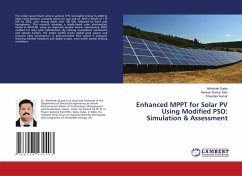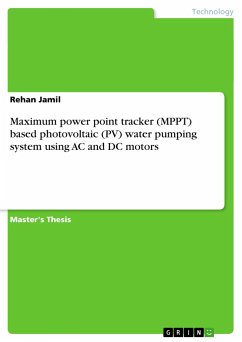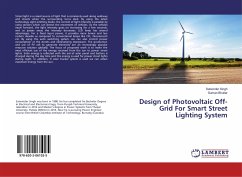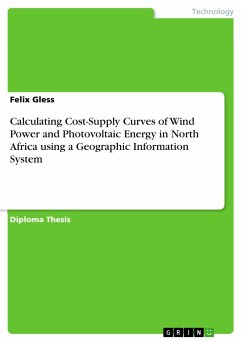The Indian government aims to achieve 57% renewable energy by 2030 to meet rising demand, primarily reliant on coal and oil. With a target of 175 GW by 2022, solar energy leads with 100 GW, followed by wind and hydropower. This research develops a diode-based solar photovoltaic model in MATLAB, using an improved particle swarm optimization (PSO) method for duty cycle optimization. By refining acceleration coefficients and velocity factors, the model swiftly tracks global peak power and prevents early convergence. A grid-connected solar system is analyzed, showing minimal transients and stable output, even under partial shading conditions.
Bitte wählen Sie Ihr Anliegen aus.
Rechnungen
Retourenschein anfordern
Bestellstatus
Storno








